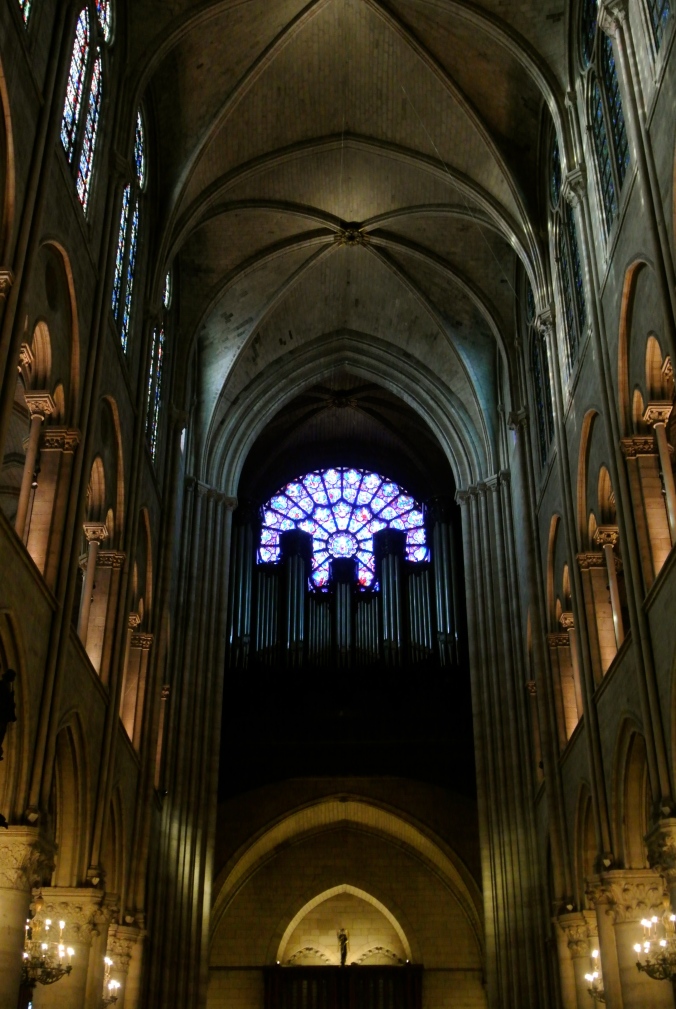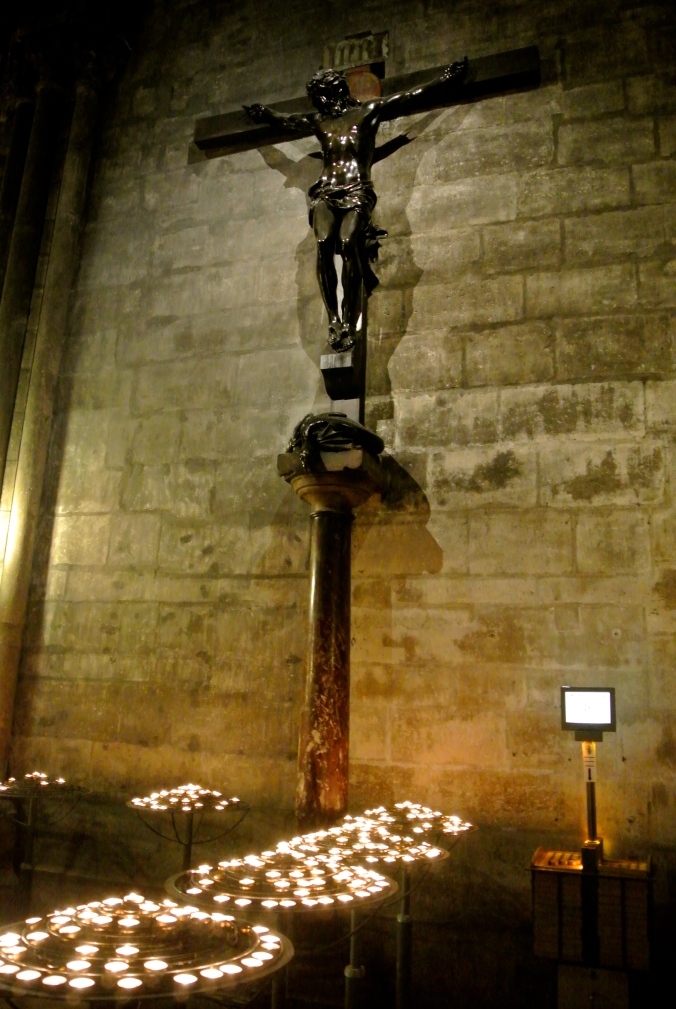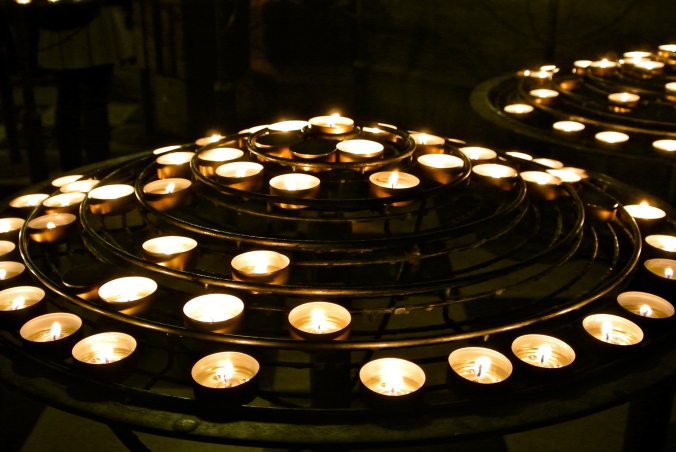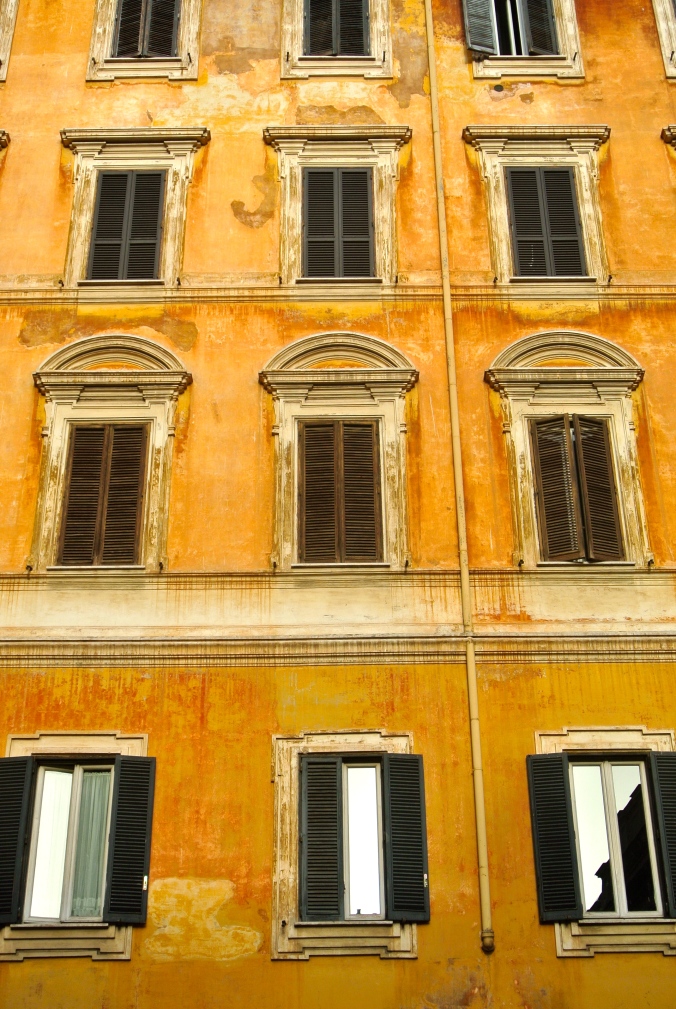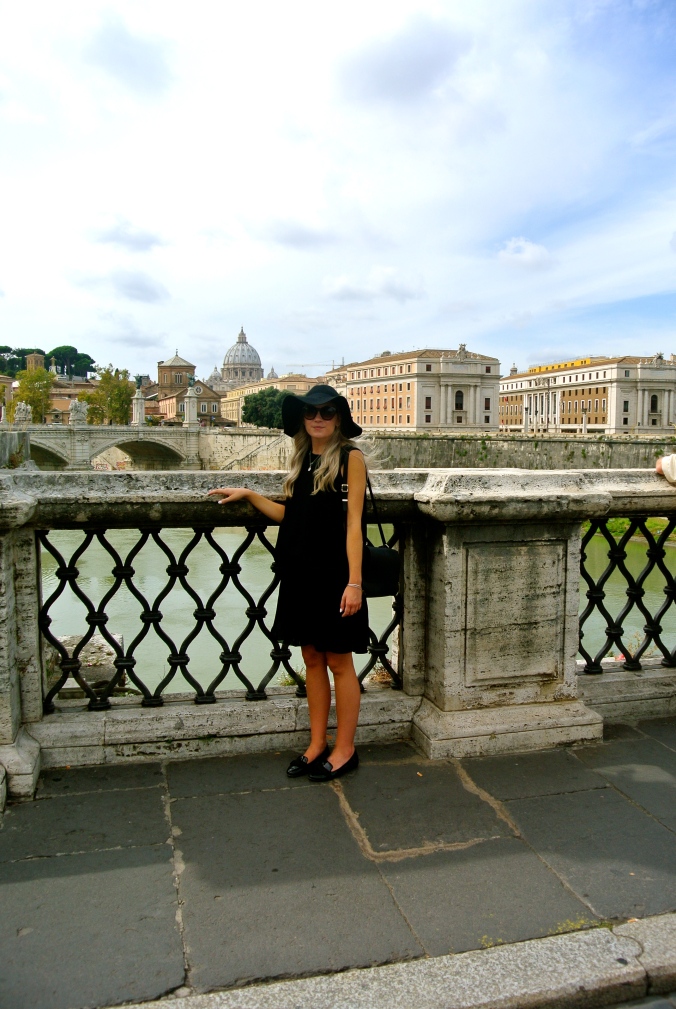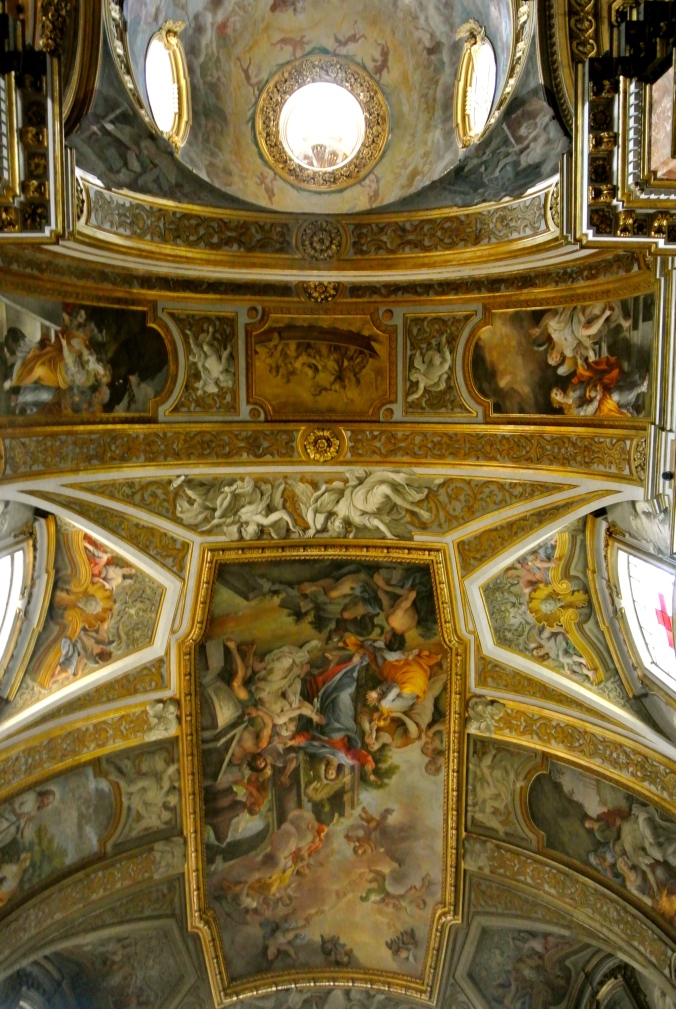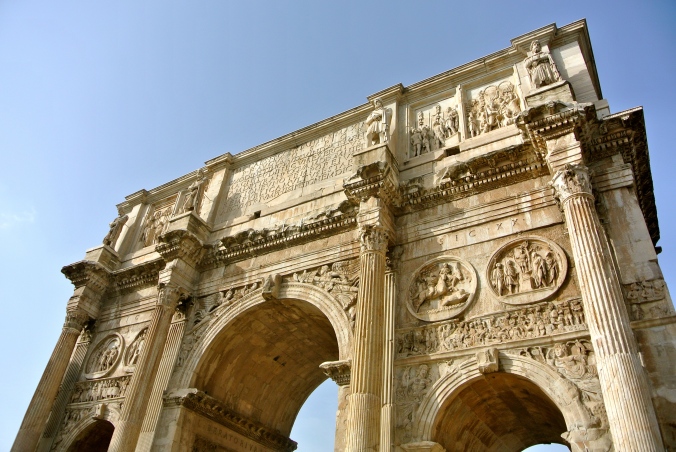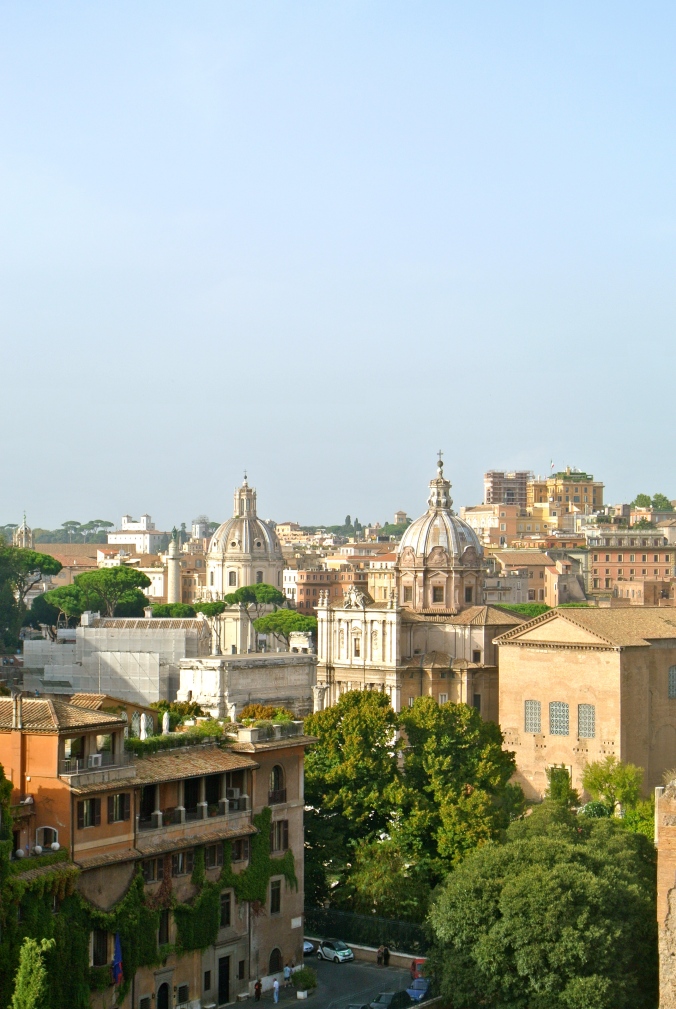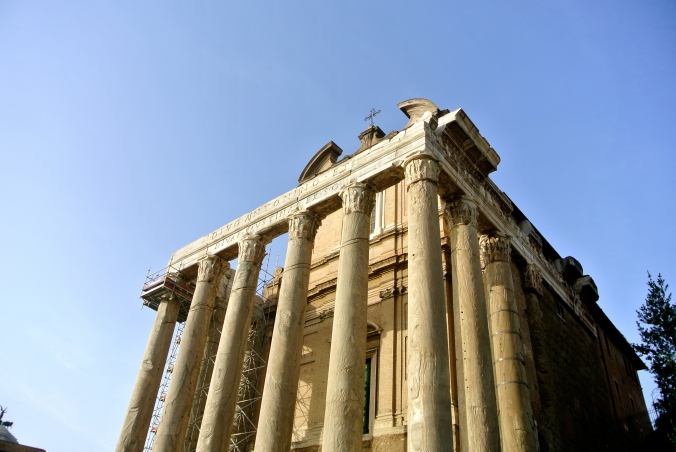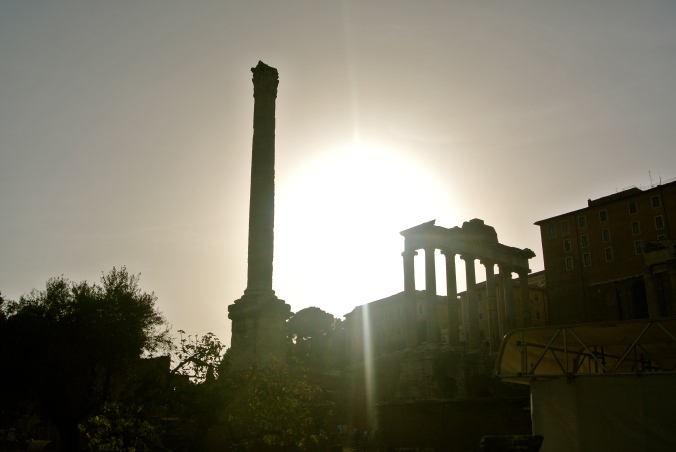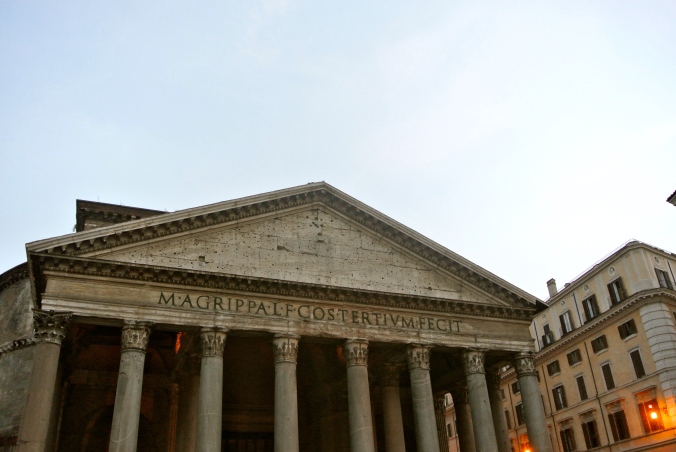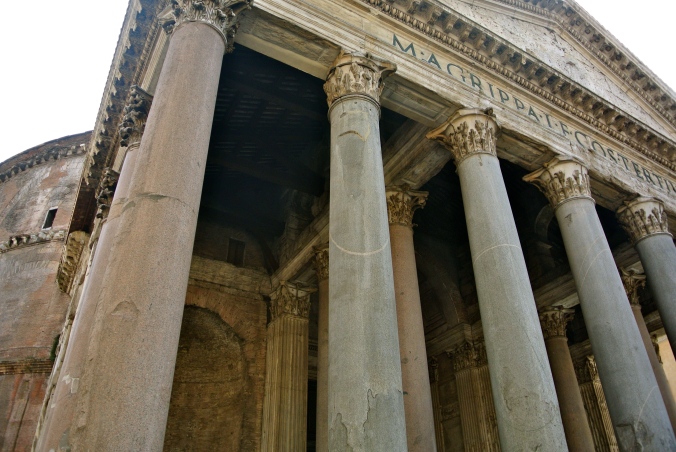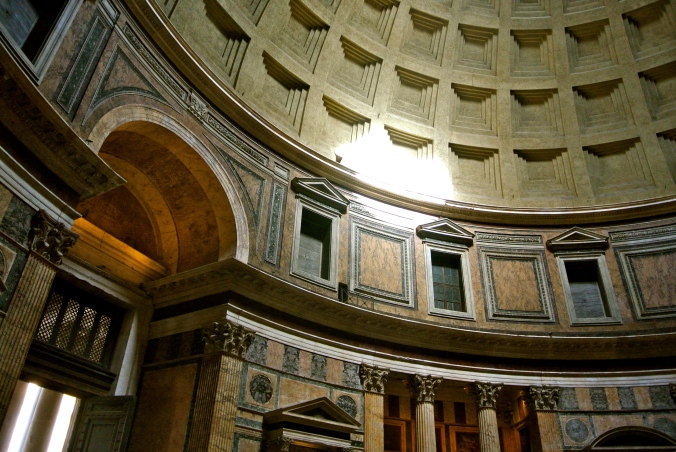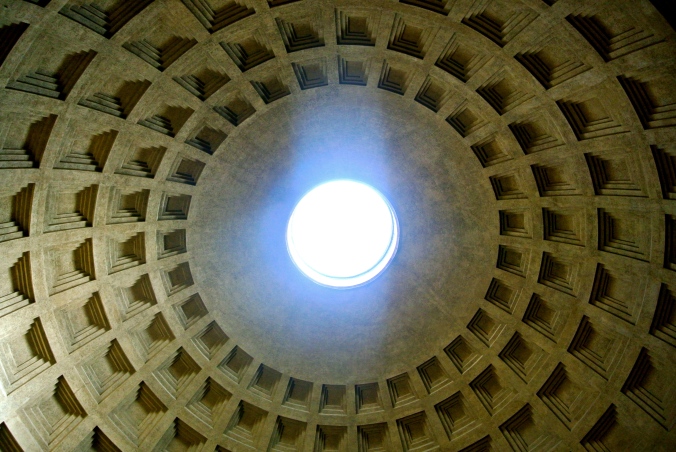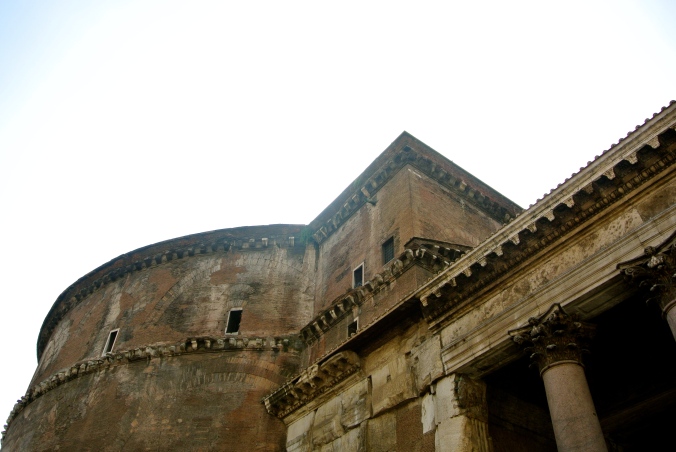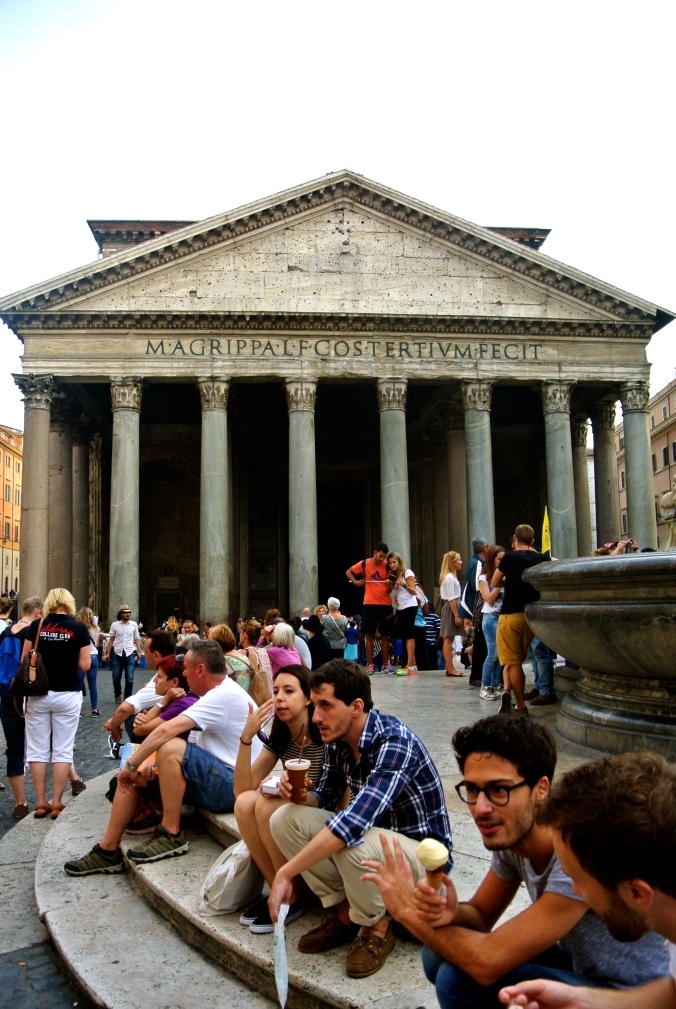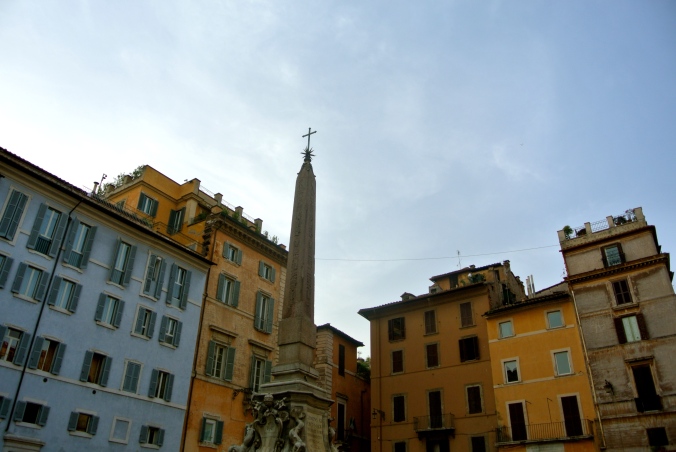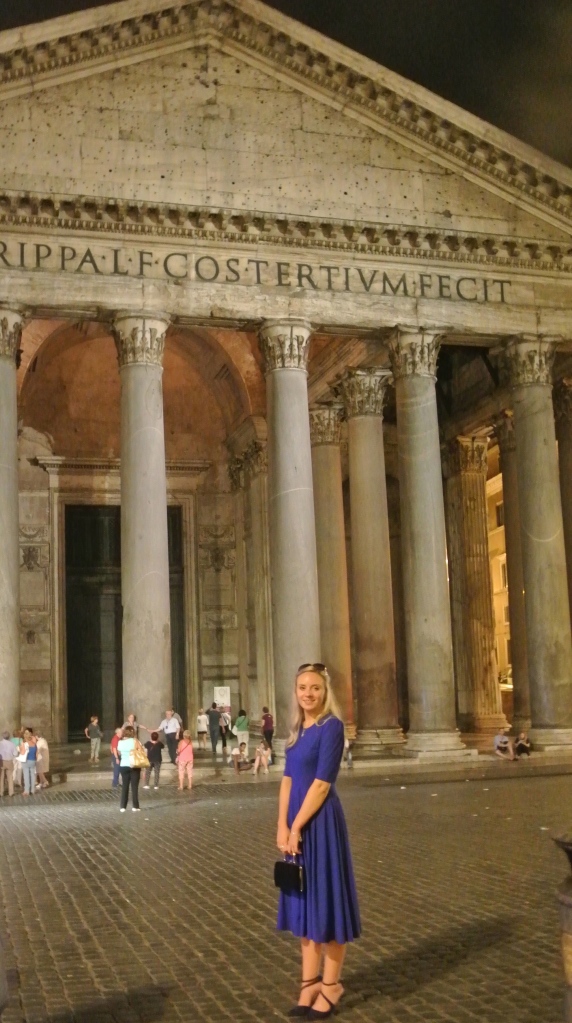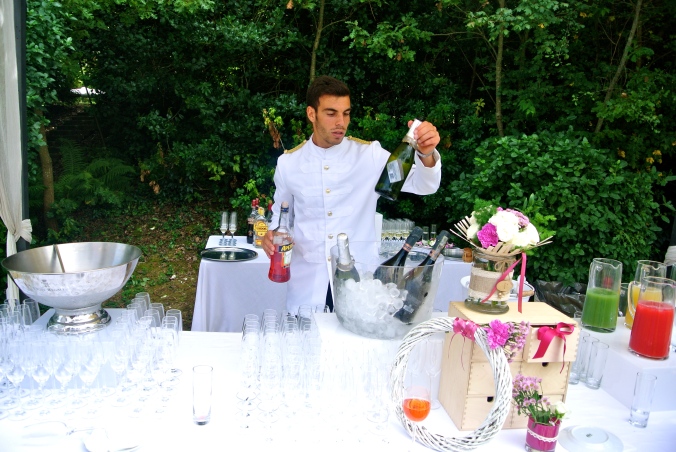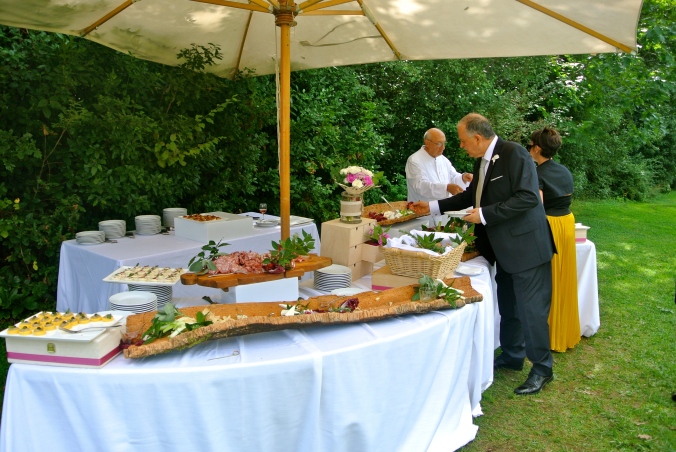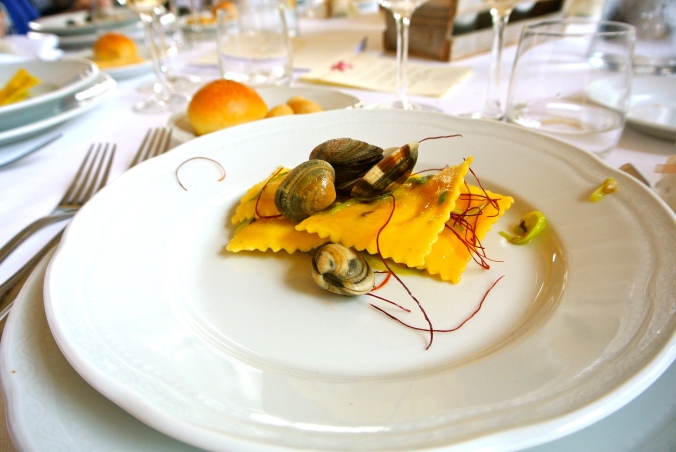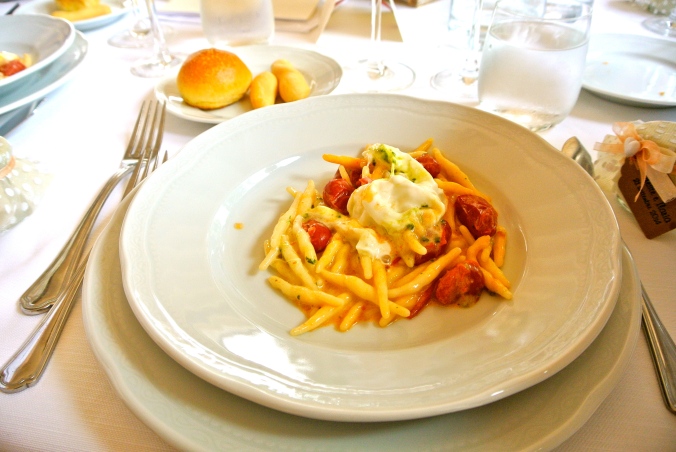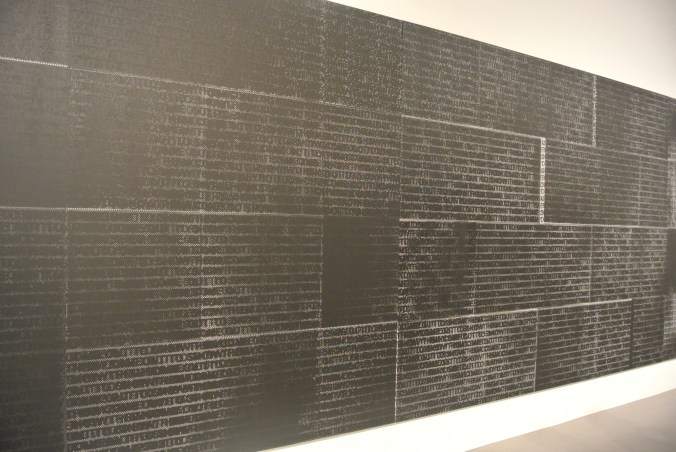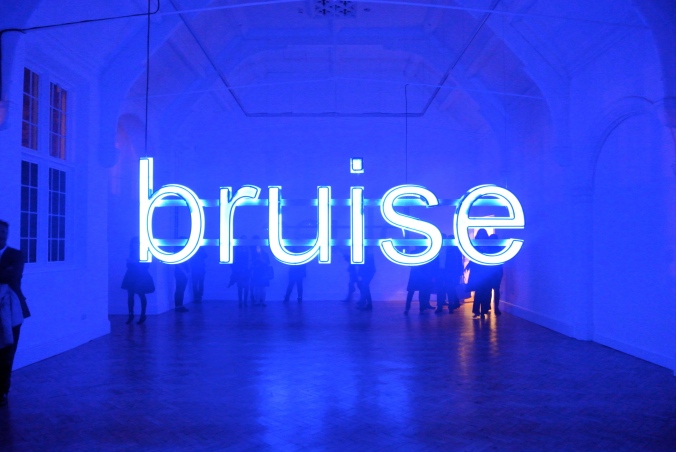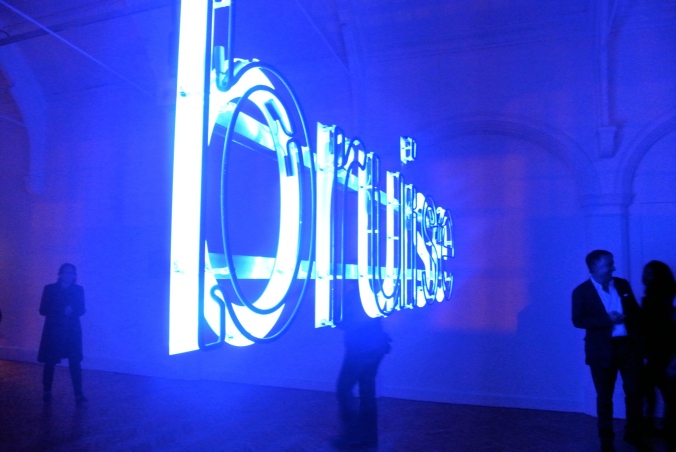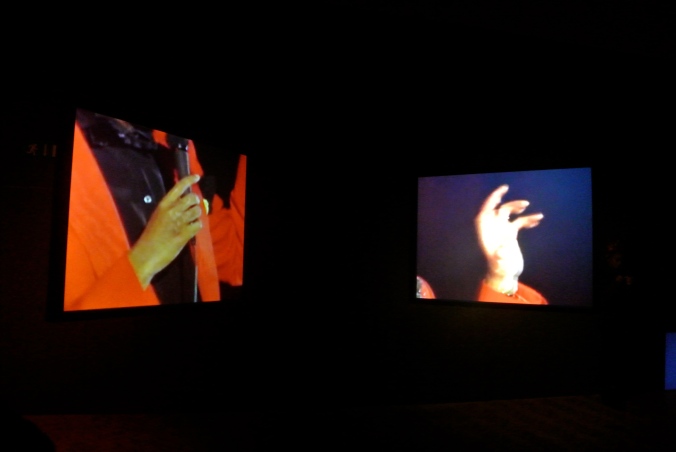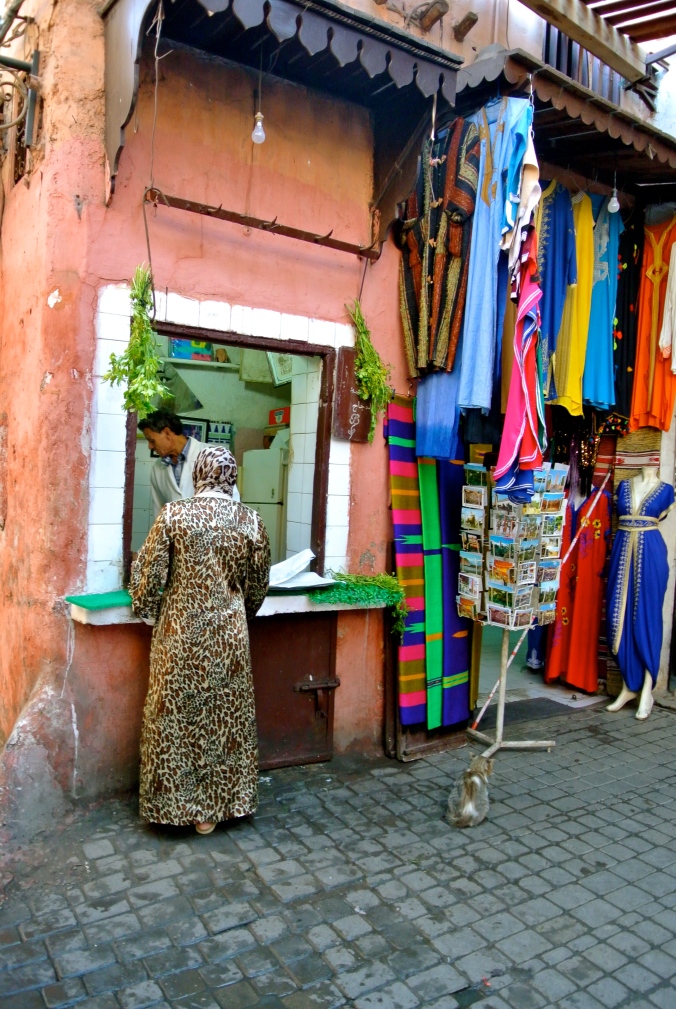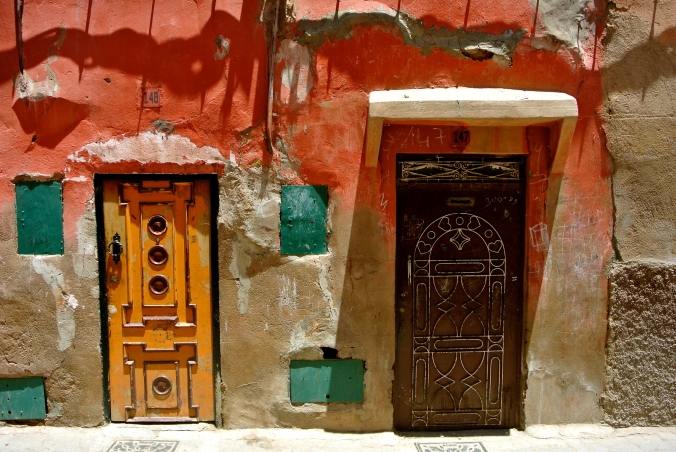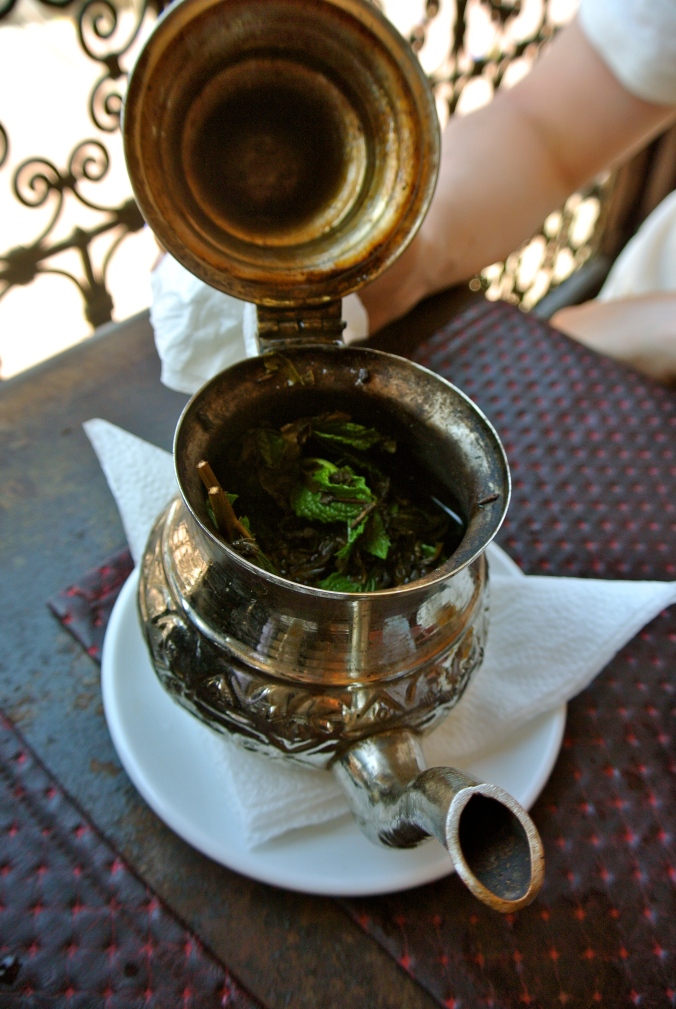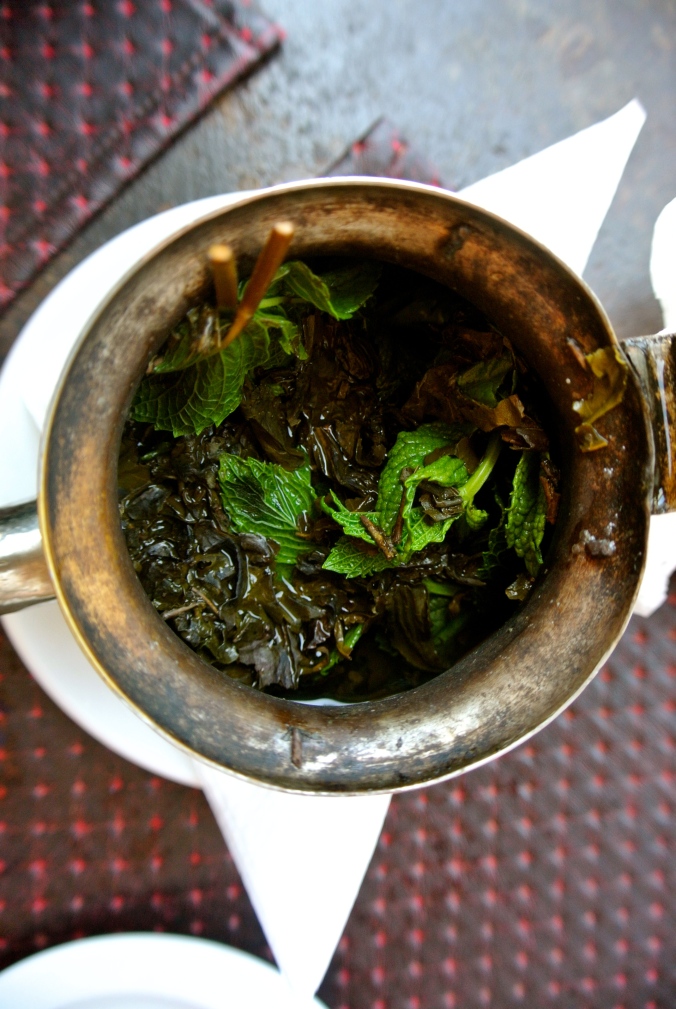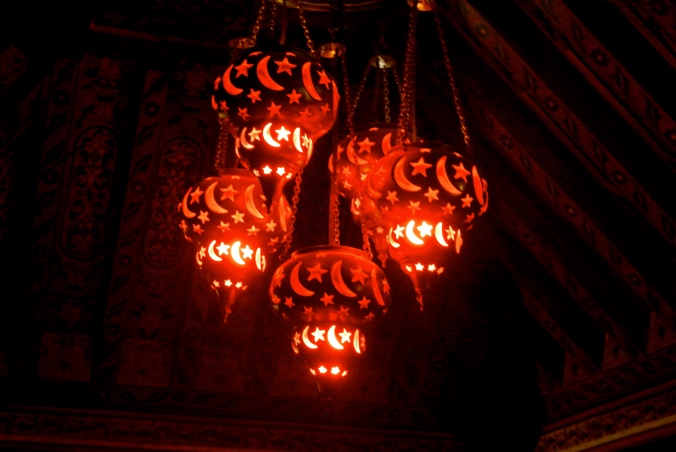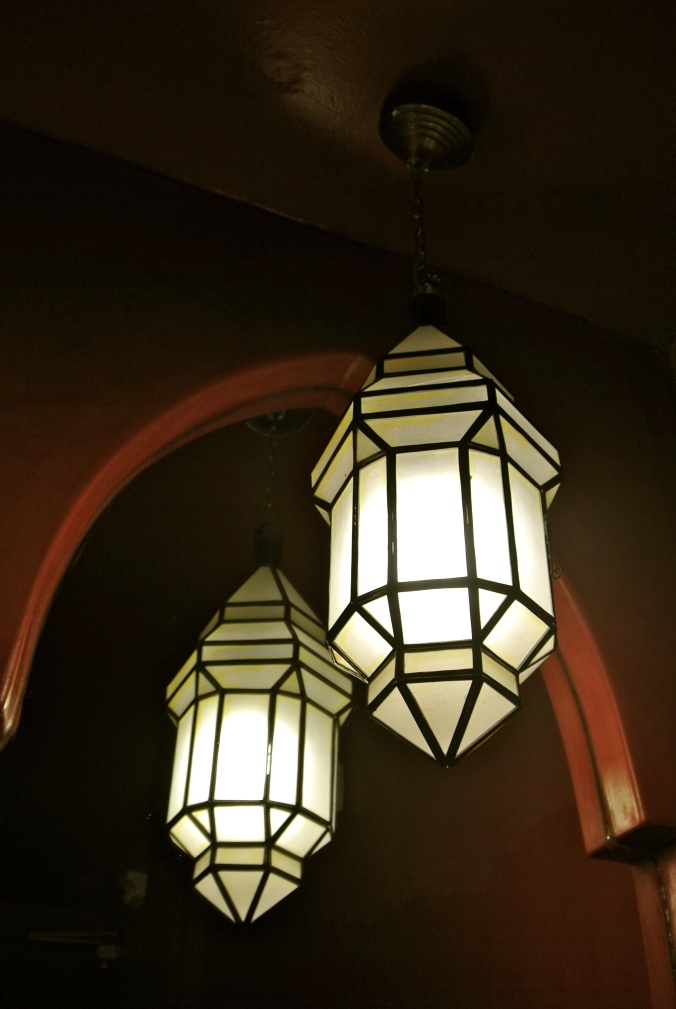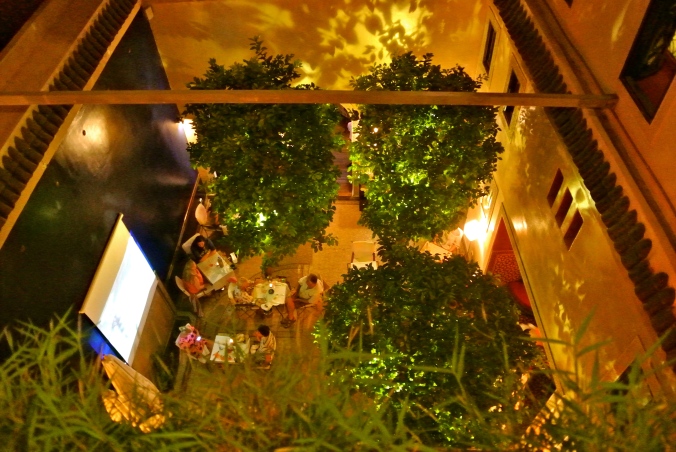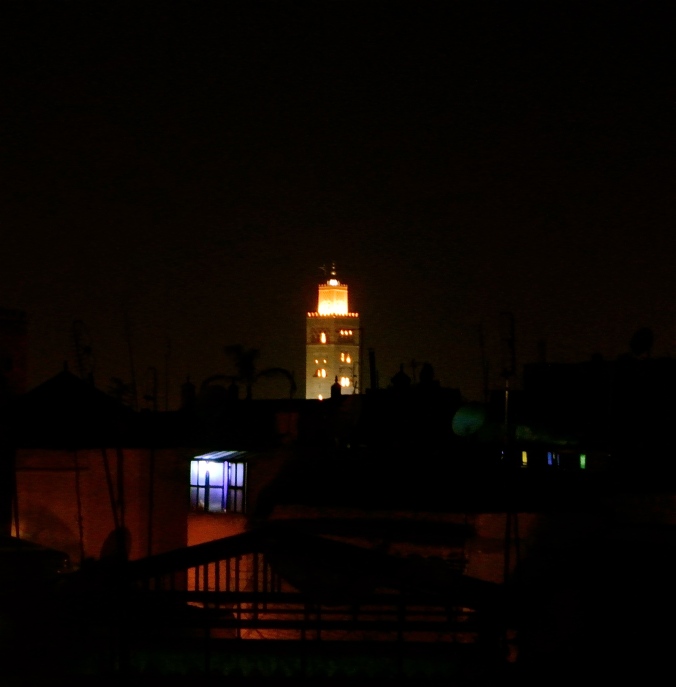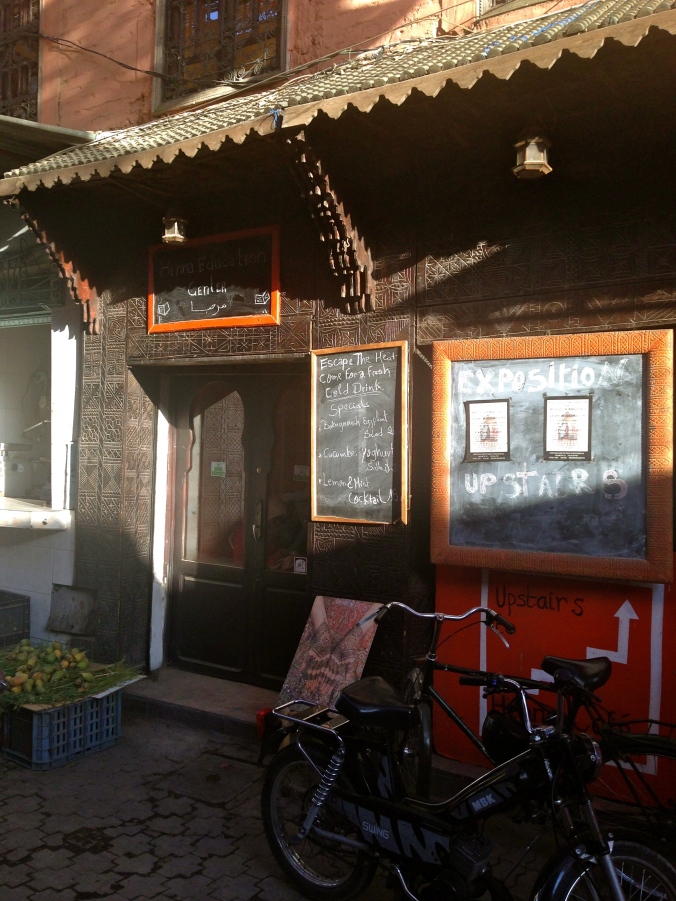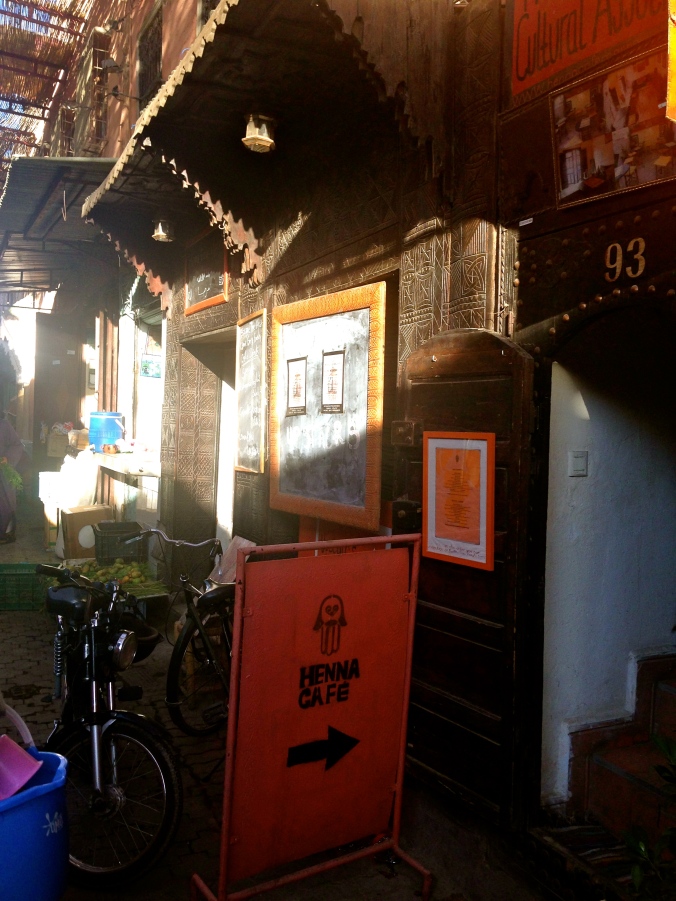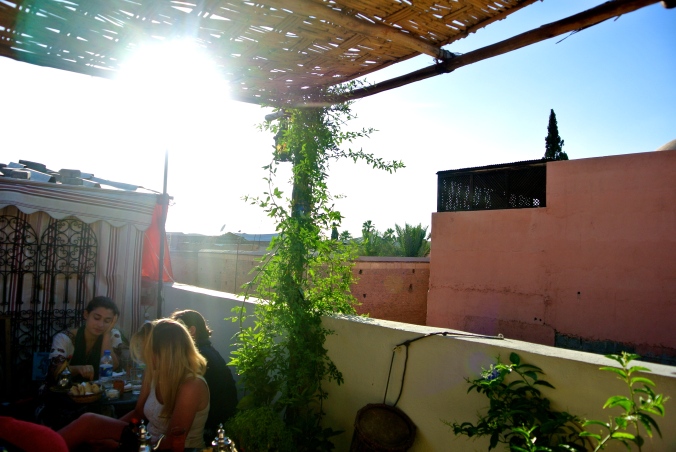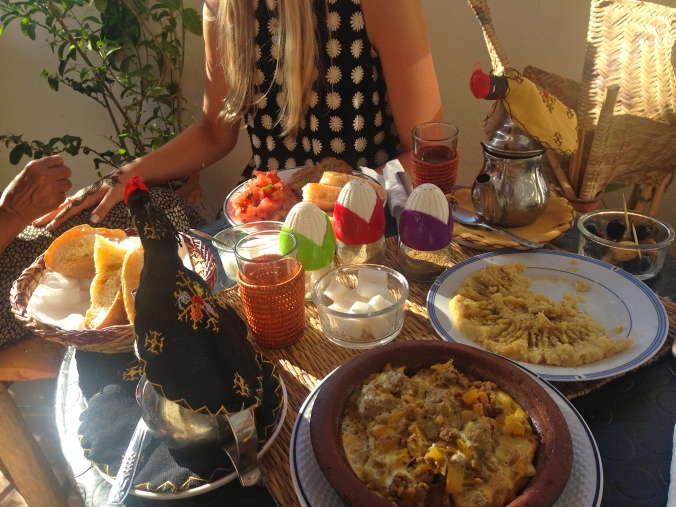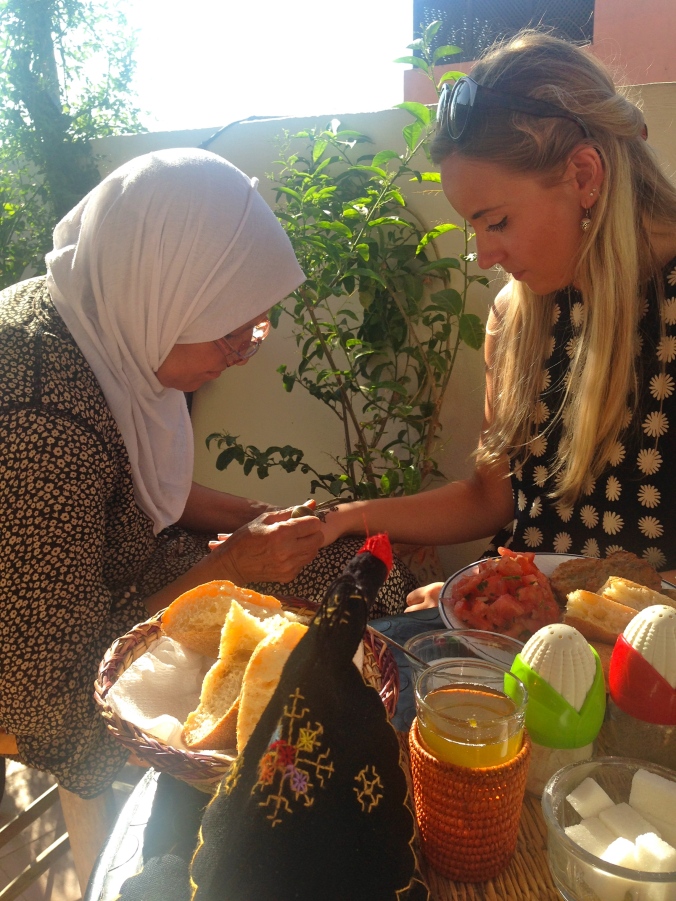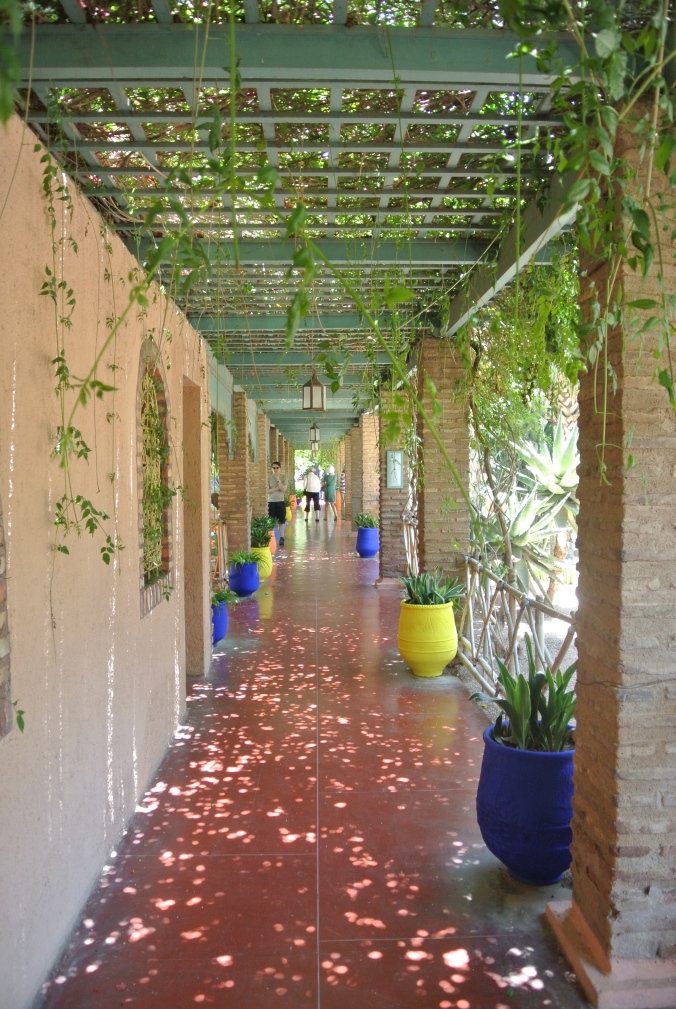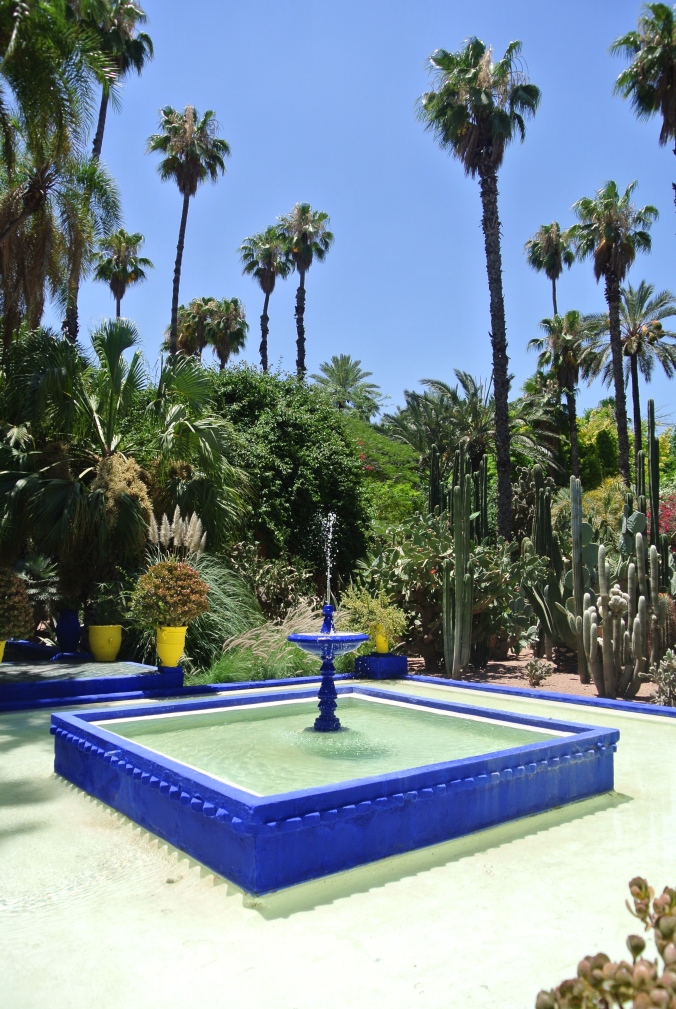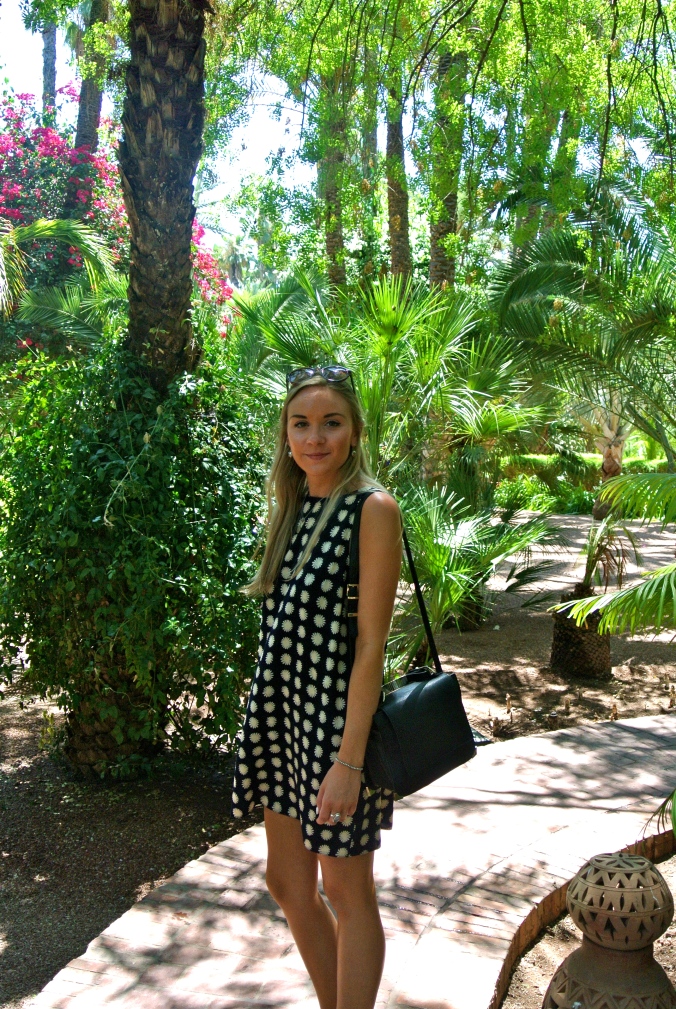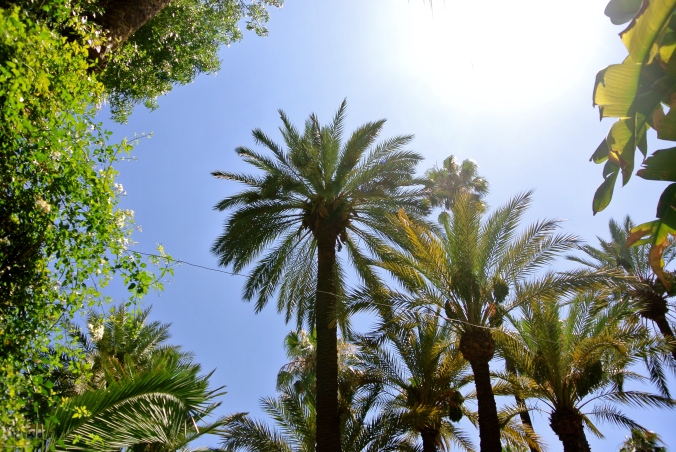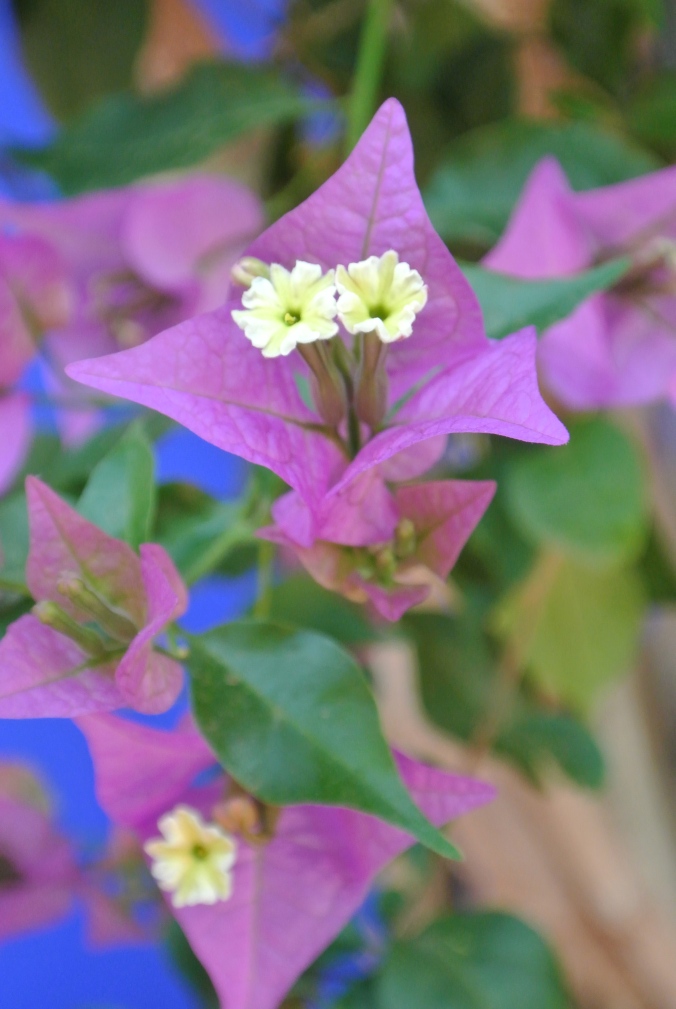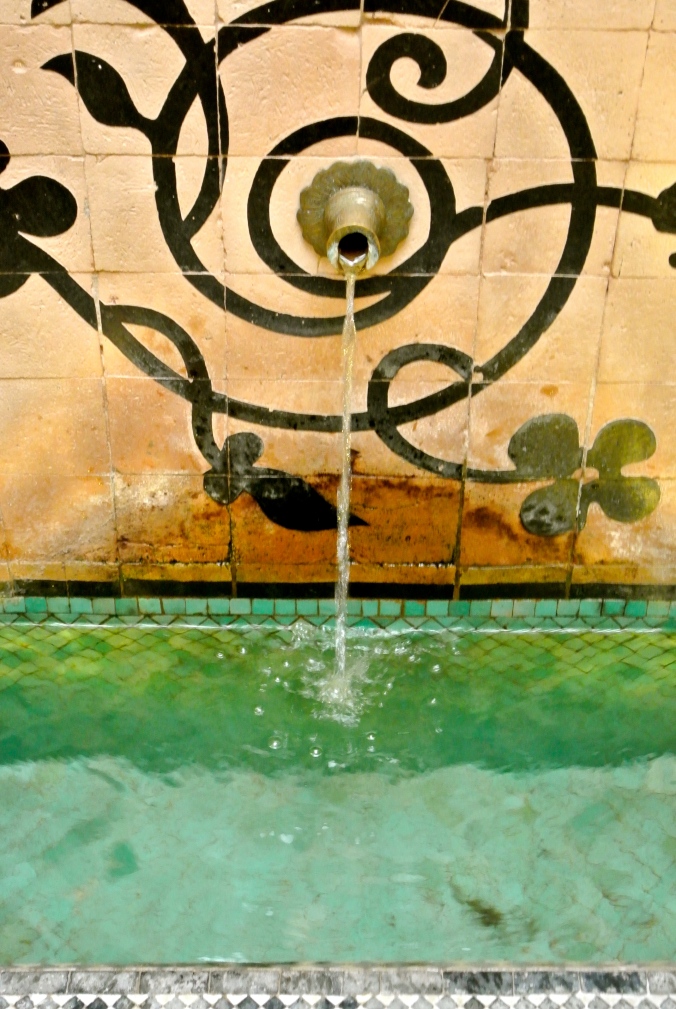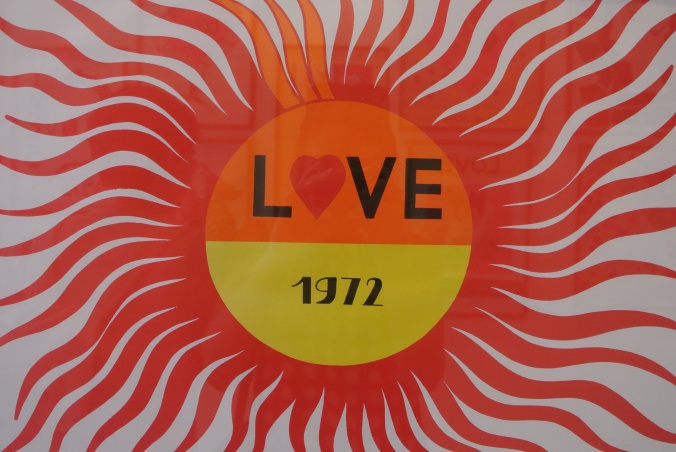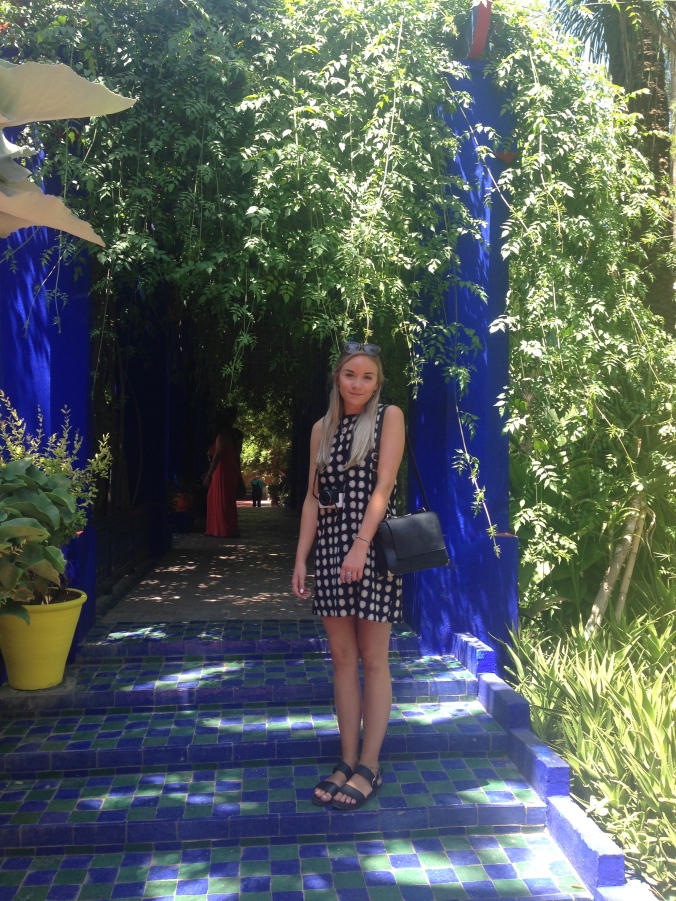As a Paris virgin, the Notre Dame was high on my to-do list, and did not disappoint as I became one of its 14 million yearly visitors. For 850 years old the Notre Dame looks pretty damn good. The Notre Dame Cathedral was one of the first Gothic cathedrals, with construction beginning in 1163 and spanning most of the Gothic period, until 1345 when it was finally completed. It is one of the largest and best-known cathedrals in the world, and is generally acknowledged as one of the finest examples of Gothic Architecture.
Its site at the Île de la Cité, a small island right in the heart of Paris, has always been the city’s religious centre dating back to the Celts and the Romans. Daily religious masses continue regardless of the hustle and bustle of the constant tourist traffic throughout the day, so try to avoid the major Catholic holidays when planning your trip.
The frontal west facade features the two tall bell towers, and three portals of differing sizes, adhering to the traditional Gothic ideals. The Notre Dame was one of the first to use the Flying Buttress, and is decorated with three stunning Rose Windows.
Above the entrances is the Gallery of Kings, 28 statues of Judean kings, and higher, the famous gargoyles and grotseques, guarding the entrance, funnelling rain water and making friends with Quasimodo (haha).
In fact, it was Victor Hugo’s novel Notre Dame de Paris (known more to us as The Hunchback of Notre Dame) that we need to thank for the survival of the Notre Dame. During the French Revolution, the Notre Dame suffered desecration, and most of its sculptures, gargoyles and religious imagery was either damaged, destroyed or removed, and the whole cathedral had been left in a state of disrepair. It was only after the publication of Hugo’s novel in 1831 that Parisians realised that the Cathedral needed to be rescued, beginning a 20 year restoration.
We took the Metro straight to Cité in an attempt to get to the Cathedral as early as possible, (there is no entry fee, and by 10am the queue already begins to stretch right around the circumference of the cathedral). But after we had taken in as much as we could of the cathedral, we took a stroll towards the Left Bank via the Pont de l’Archevêché. After the Pont des Arts was cleared of its padlocks in 2010, couples began to place their love locks on this bridge instead, tossing their key into the Seine to symbolise their unbreakable bond (that is until city workers cut them off to prevent more pieces of the bridge falling away under the weight of everyone’s love). The bridge is almost entirely covered in the little multicoloured locks, and it is a lovely sight to see, regardless of the street sellers who patrol the bridge with their unromantic multipacks of cheap padlocks, sold on for what I imagine is a considerable profit for those poor souls lost in love who did not come prepared.
Notre Dame Cathedral
Place Jean-Paul II
Île de la Cité
75004, PARIS
Metro Line 4, Stop: Cité
8am – 6:45pm Mon-Fri
8am – 7:15pm Sat and Sun.





